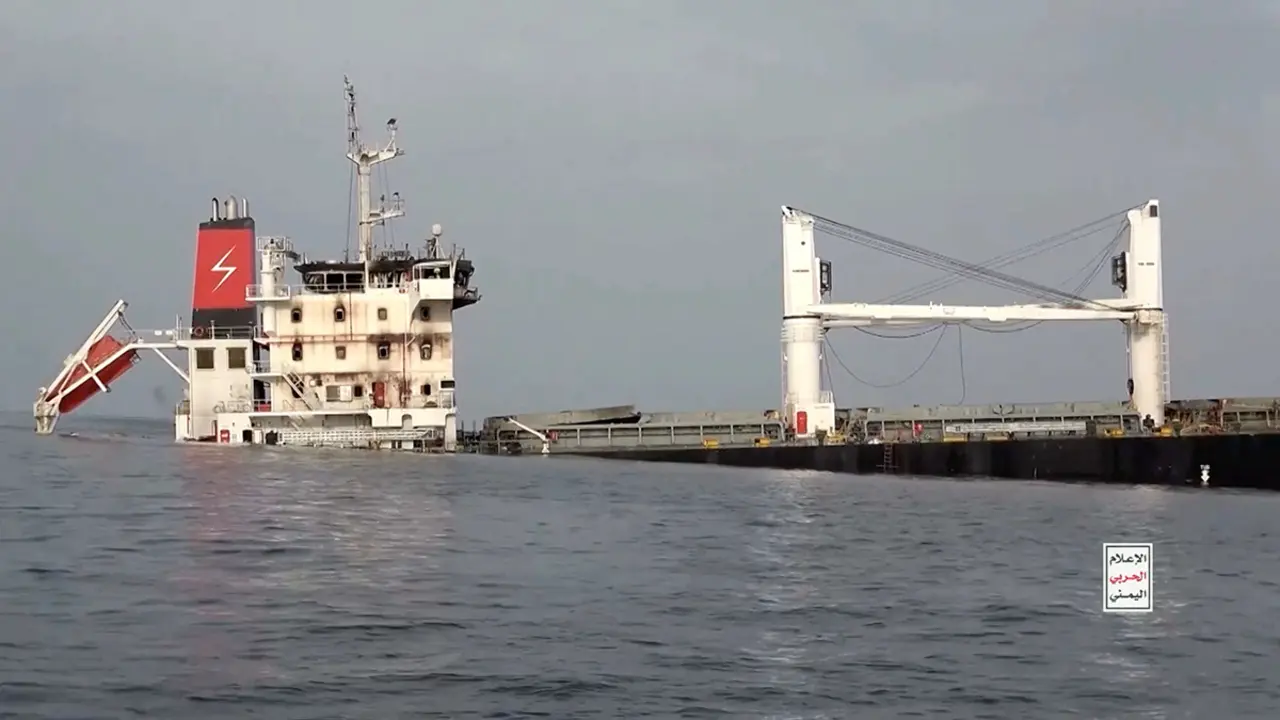Maritime Security Strategy 2024
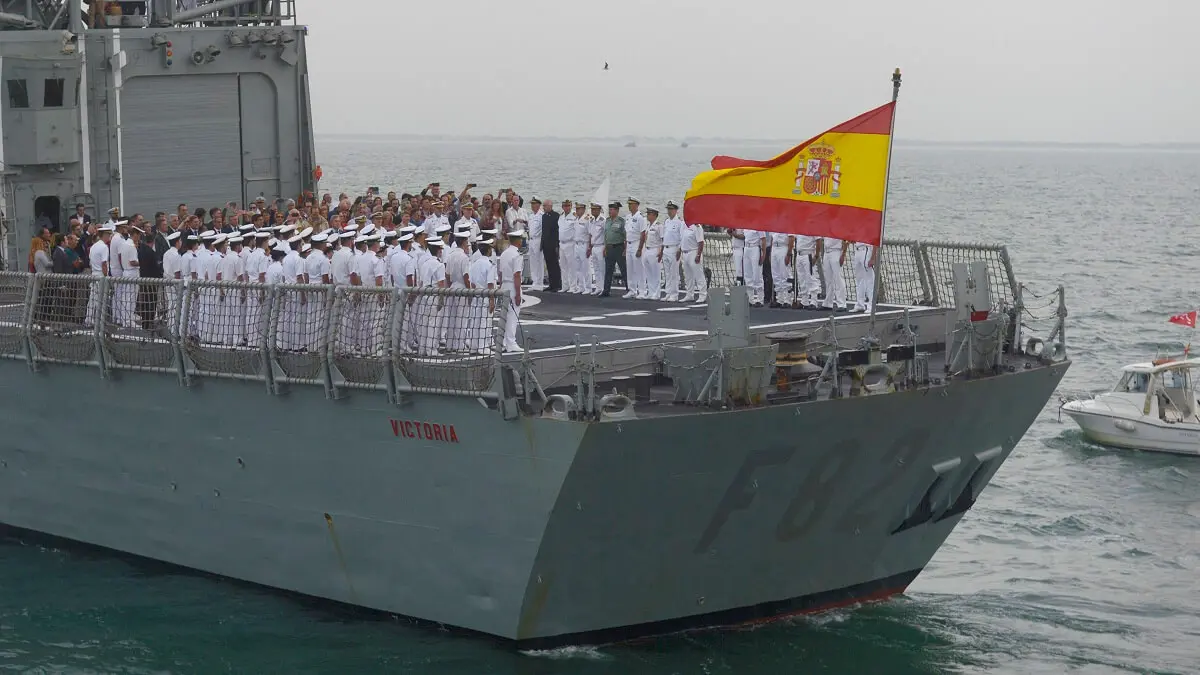
As stated in the Maritime Security Strategy 2024 document, "the Strategy characterises Spain as a maritime country with a global vocation, whose interests are projected both in maritime spaces under national sovereignty and in international waters".
- Dependence on the sea
- The sea: a sign of identity
- Maritime areas of interest
- Risks and threats
- Hybrid strategies
- Threats to national interests
- Illicit trafficking and cross-border crime
- Climate change risks
- Strategic approach
- Protecting Spain "at" and "from" the sea
- Improved maritime security capabilities
- Cybersecurity as a key element
- A safer ocean
- Irregular immigration
- National Security System
Dependence on the sea
Putting figures to reality reveals Spain's dependence on the seas.
459 million tonnes of goods enter and leave Spanish ports (accounting for 90% of imports and 60% of total exports). Energy dependence is 70% and the oil and natural gas that enter Spain do so by sea. In addition, more than 100,000 ships pass through the Strait of Gibraltar every year.
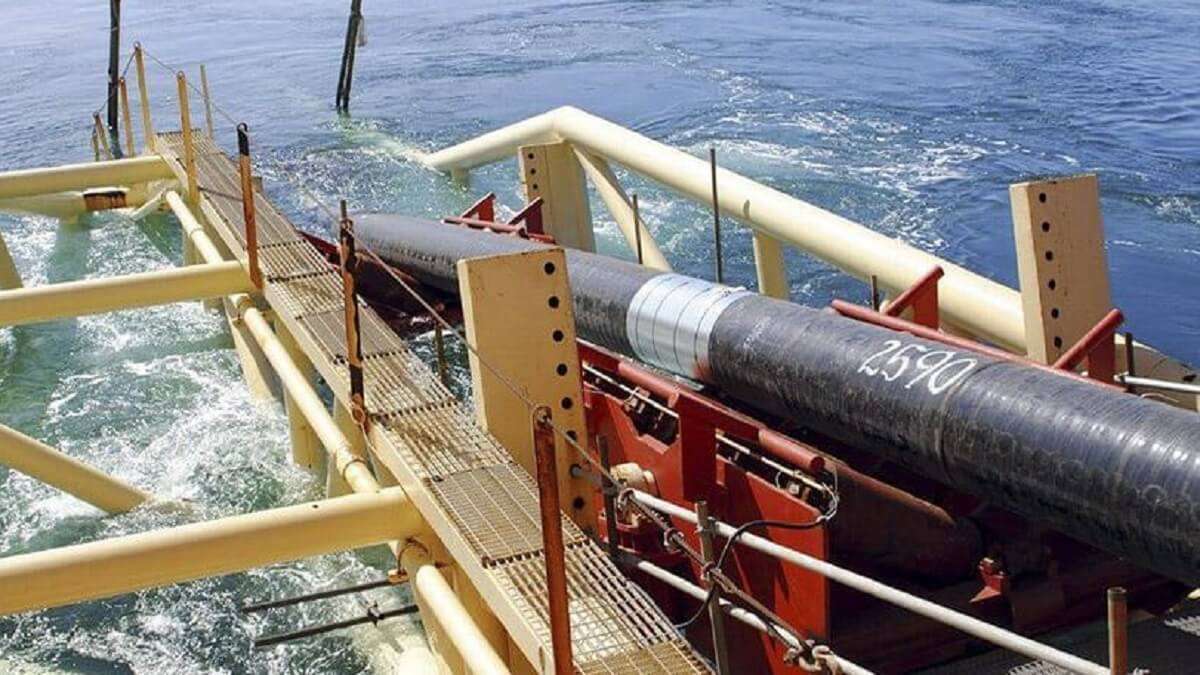
Spain's maritime areas are crossed by submarine cables, gas pipelines, oil pipelines, electricity and digital connections with the autonomous cities and the Spanish archipelagos, international electricity interconnections and the fibre cables with which Spain can connect with America, Africa and Asia. These are strategically important elements, not only for the country, but for the international community as a whole.
Also of strategic importance are the gas tankers, six regasification stations, refineries and port infrastructures.
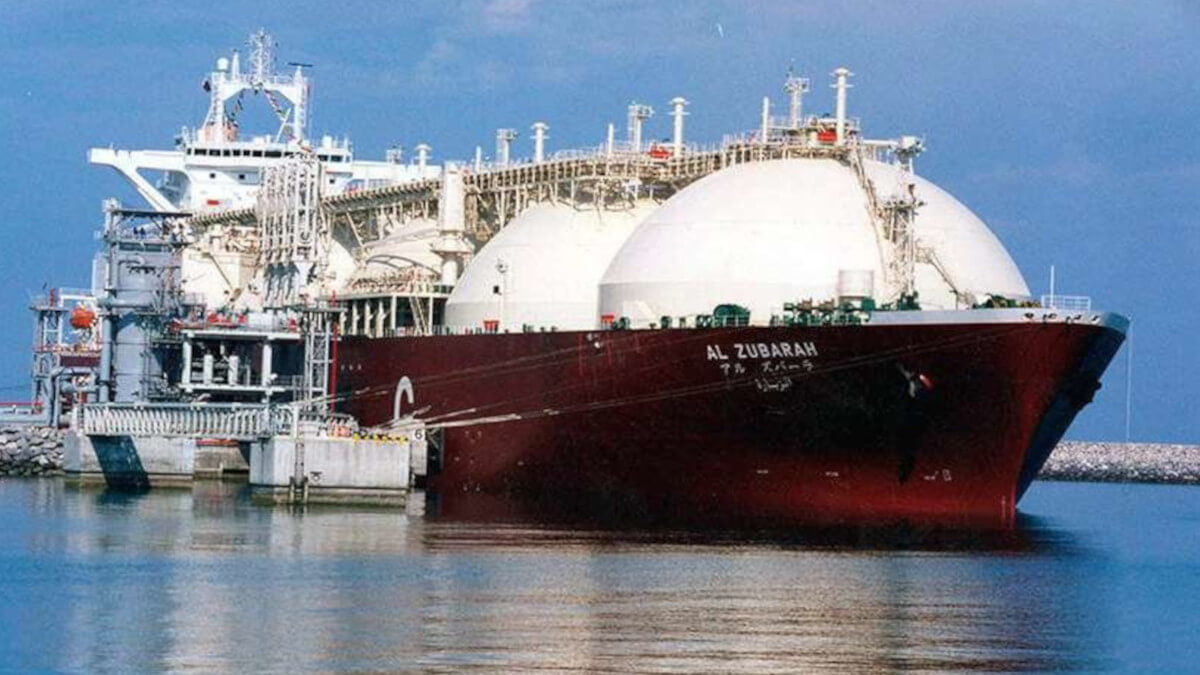
"Our coastline and jurisdictional waters are home to an increasing amount of activity. Spanish ports and maritime terminals are one of the main national assets".
The sea: a sign of identity
Spain's identity is maritime. Not only because of its history or the activity of its ports, but also because of its geography.
Spain is a peninsula, but it also has islands, archipelagos and the autonomous cities of Ceuta and Melilla in the north of the African continent. In addition, the Strait of Gibraltar represents the point of maximum proximity between Europe and Africa.
"The peninsular territory, the autonomous cities of Ceuta and Melilla, the Balearic and Canary archipelagos and the numerous islands, islets and rocks add up to 10,000 km of coastline, according to the National Geographic Institute. This profile offers Spanish ports and maritime terminals an advantageous position for international maritime trade, as well as for the transport of people, goods, merchandise and resources".
But as well as opportunities, the sea also brings risks. It is therefore necessary to know how to manage the risks and threats that arise.
Maritime areas of interest
Spain's maritime areas of interest can be divided into three categories.
First, the maritime areas of preferential interest (vital or vital interest). This is the set of all areas in which the country is sovereign or has sovereign rights or jurisdiction. They are of vital importance, since what happens in them directly affects the integrity and sovereignty of Spanish territory.

Next are the maritime spaces of interest, i.e. international waters that affect the stability and development of Spain's society.
Finally, there are other maritime spaces of interest. These are the coastal areas, where economic activities take place.
Risks and threats
Four different categories are used to classify threats and risks to national maritime security. These are: hybrid strategies, threats to national interests, illicit trafficking and cross-border crime or risks to the good environmental status of the marine environment and climate change.
The first category, hybrid strategies, is central and brings together the whole spectrum of threats and risks, structuring them in the form of a triangle....
A first vertex would be represented by any type of attack on national interests in the maritime domain, international law and maritime law.
The second is made up of illicit trafficking and cross-border crime.
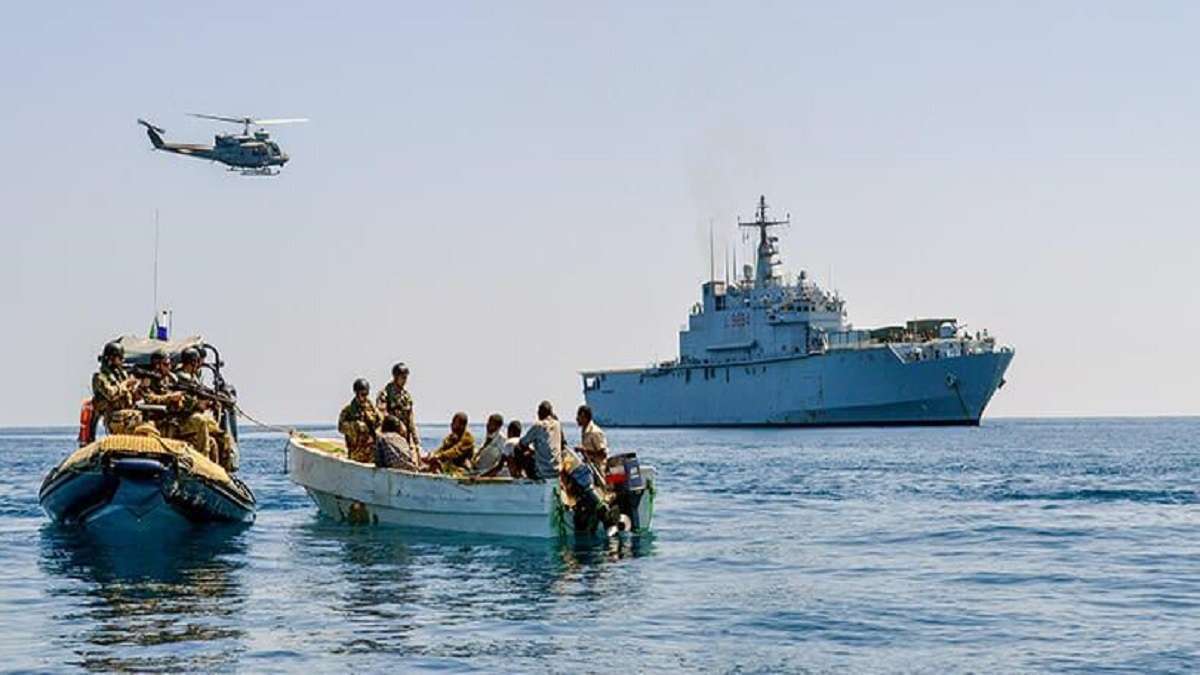
At the last vertex are processes that threaten the environment of the sea, including its fauna and flora.
Hybrid strategies
According to the new National Strategy for Maritime Security, a hybrid strategy is "all types of coordinated and synchronised actions aimed at exploiting the vulnerabilities of states and their institutions through actions that tend to foster the political destabilisation of national and international institutions, using economic coercion and pressure on energy supplies from abroad, cyber-attacks, influence campaigns, terrorism and other low-intensity violence, in addition to the use of military capabilities".
The sea is an environment conducive to such activities, as it is complicated to apply the legal regime or attribute responsibilities there.

It points out that Spain needs to be alert to such strategies, as they pose a real threat to the country: "Spain's role as a recipient of liquefied gas tankers for regasification and distribution to Europe, and as an entry point for gas pipelines and undersea cables, means that hybrid strategies represent a very tangible threat".
Threats to national interests
Power rearmament and geopolitical competition are growing by the day. Thus, freedom of navigation and respect for the rules of international maritime law may be threatened.
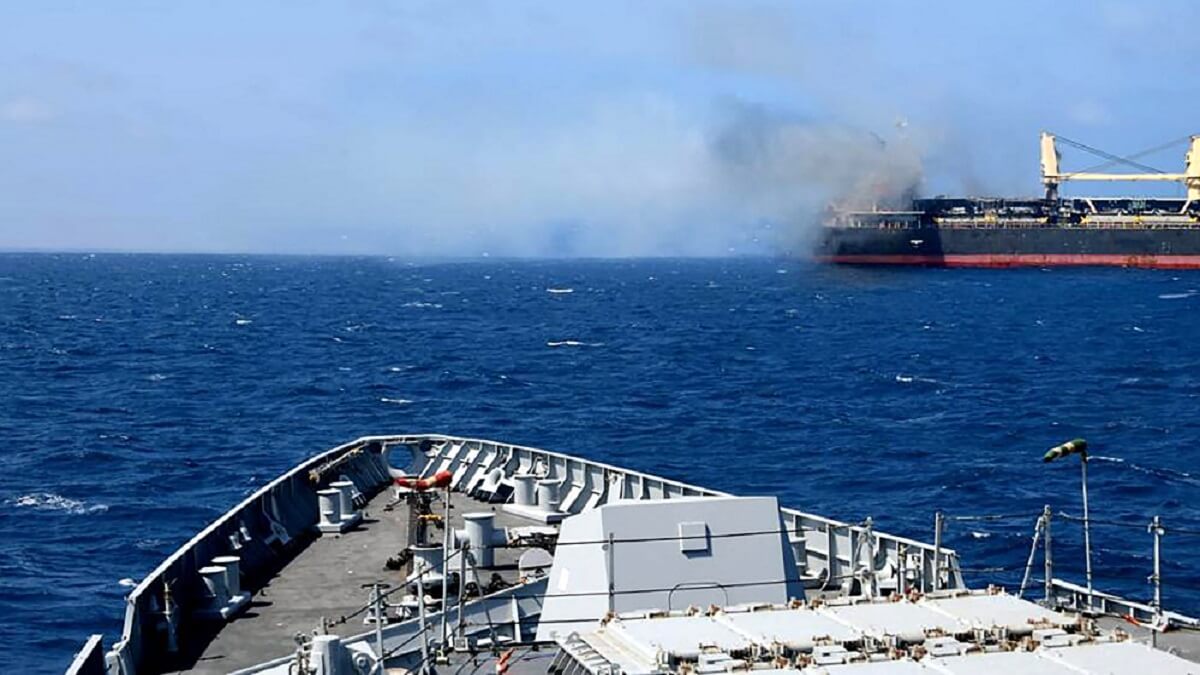
In addition, conflicts in Ukraine and the Gaza Strip, instability in Yemen and growing friction between regional powers in the Middle East increase the danger of traffic in the waters (especially those of the Red Sea, the Strait of Bab el Mandeb and the Persian Gulf). Piracy, armed robbery, terrorist attacks on ships and marine infrastructure, and cyber-attacks on navigation and radio communication systems are also threats.
Illicit trafficking and cross-border crime
This group includes activities normally carried out by organised crime networks, such as smuggling, trafficking of substances and weapons, exploitation of migrants by sea and illegal fishing. Also included are the plundering of cultural and historical heritage and the smuggling and illicit trafficking of goods.
Illegal human trafficking is one of the greatest national challenges: "Spain, as an external border of the European Union, is particularly exposed to irregular migratory flows by sea".

Climate change risks
Climate change is causing changes in meteorology, with consequences such as storms, changes in sea level, variations in sea borders, insecurity in navigation and damage to marine infrastructures.
"In addition, the very density of maritime traffic close to our coasts (particularly in the Strait of Gibraltar) can be a source of accidents and, together with increasingly extreme weather conditions (particularly in Galicia), means that the probability of an accident of this type is always present, with the consequent risk to human life at sea".
Strategic approach
The strategic approach is designed to guide the Spanish State's action towards a comprehensive maritime safety policy. To this end, three objectives have been set: to protect Spain "in" and "from" the sea, to improve maritime capabilities and to contribute to a safer ocean.
Protecting Spain "at" and "from" the sea
The reinforcement and modernisation of the resources and capabilities of the most important actors in the field of national maritime security will be pursued. Essentially, this refers to the use of Artificial Intelligence and the use of remotely operated vehicles.
Underwater cultural heritage will continue to be protected on the basis of the National Plan for the Protection of Underwater Cultural Heritage.
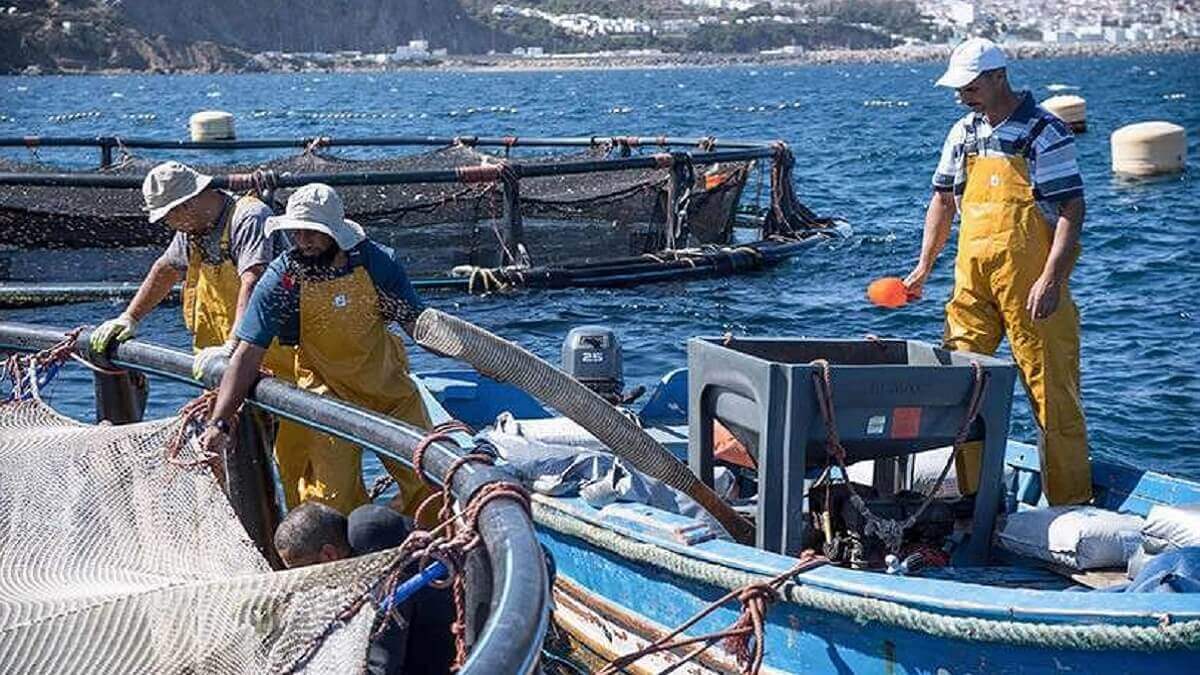
With regard to illegal, unreported and unregulated fishing, national regulations will be amended, as will the maritime policy of the European Union and that of other bodies and institutions.
Sustainability will be pursued on the basis of the Maritime Spatial Plan.
Finally, for all this to be effective, it will be necessary to provide a knowledge of the environment. To this end, the strengthening of relations between operational centres will be encouraged.
Improved maritime security capabilities
Today, there are increasing opportunities in the maritime sector. As progress is made, maritime safety is enhanced and possibilities for the development of zero-emission propulsion fuels, autonomous navigation or renewable energies are promoted.
Progress in this field also has a positive impact on other activities, infrastructures and strategic sectors.
Cybersecurity as a key element
We live in the age of data. The most valuable thing is the possession of information. If a certain level of security is to be achieved, data must be protected.
To this end, various technologies and their advances are taken as the main tools. In particular, cyber security is the key to success.
Cybersecurity is not a one-off issue; it is an issue that requires the modernisation of ports and the joint and permanent work of the private sector and public administrations.
A safer ocean
For free navigation and the safety of fishing vessels and their equipment to be possible, in a unique environment without physical borders, cooperation becomes a necessity.
States must address the dangers of the sea through international law and by working in coordination with EU bodies and agencies.
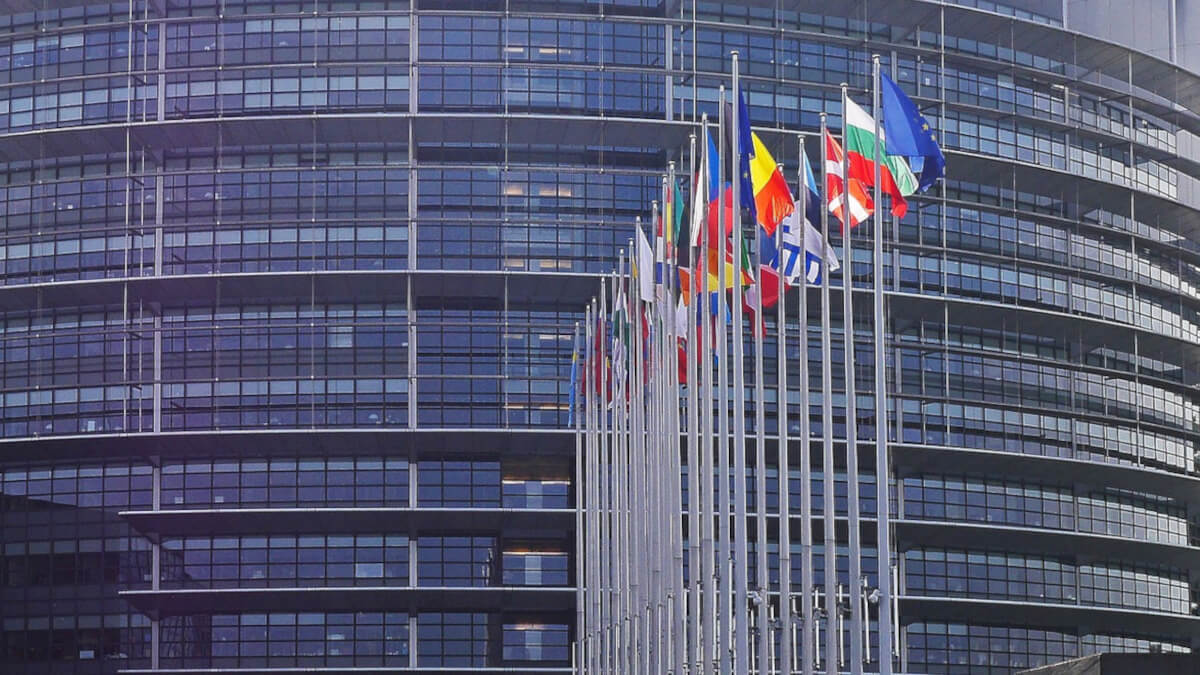
The seabed is protected under the 2023 High Seas Treaty of the United Nations Convention on the Law of the Sea (UNCLOS). It should be noted that Spain joined the Council of the International Seabed Authority in 2023 and, since then, its concern for sustainability in conjunction with Spanish interests in the seabed has led the country to put the brakes on underwater mining.
Irregular immigration
Controlling irregular immigration is a challenge for Spain.
To address this issue, it is essential that the country acts together with the EU and strategic locations of interest.
National Security System
The National Security System is regulated in a multidisciplinary and cross-cutting manner. The security of the marine environment is a matter of great flexibility and can easily involve both the public and private spheres.
The National Maritime Security Council, a body promoting interdepartmental coordination, provides the necessary advice to the National Security Council to develop National Security and National Security System policies in relation to marine security.
"The National Maritime Security Council has a Maritime Security Risks and Threats Information and Analysis Cell, whose main mission is to periodically provide relevant and forward-looking information in the medium and long term on risks and threats to Spain that either occur in the maritime environment or originate from it".






